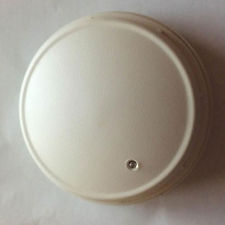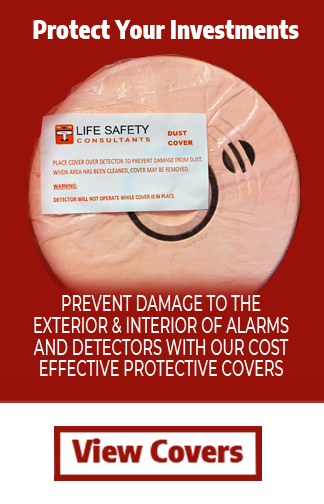 There are two very common types of smoke alarms, both with fancy names: photoelectric and ionization alarms. Do you know which ones you currently have? Most people do not– they just know they have some smoke alarms in their home or building.
There are two very common types of smoke alarms, both with fancy names: photoelectric and ionization alarms. Do you know which ones you currently have? Most people do not– they just know they have some smoke alarms in their home or building.
Ionization vs. Photoelectric
How do the two types of smoke alarms work? Well, ionization alarms actually have a tiny amount of radioactive material located between two electrically charged plates, and this material ionizes the air, causing current to flow between the plates. If and when smoke enters the chamber of the smoke alarm, the flow of ions gets disrupted such that the flow of current is reduced as well, and then the alarm is activated. Ionized alarms are especially responsive to flaming fires. In contrast, photoelectric smoke alarms, which are generally responsive to fires that begin with a period of smoldering, involve aiming a light source into a sensing chamber at an angle away from the sensor. If and when smoke enters the chamber, reflecting light onto the light sensor, the alarm is triggered.
Does it matter which smoke alarm technology you use? Not really, but it is recommended you have combination/dual alarms that include both technologies in a single device so you’re covering all your cases. That said, you can also choose to use a couple of each type in your home or building, as they both generally detect smoke well, overall.
If you hear a chirping sound coming from your smoke alarm, that usually means it needs a new battery.
Do you have specific questions about smoke alarms? Life Safety Consultants of Palm Coast, Florida, is here to help; Please call us at 1-888-557-0558. We generally handle commercial fire alarms and replacement parts, and are happy to assist you in getting the answers to pressing questions about fire/smoke alarms in general.

